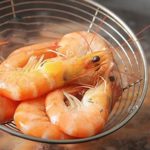Shrimp Peeling
First, snap off the shrimp’s head.
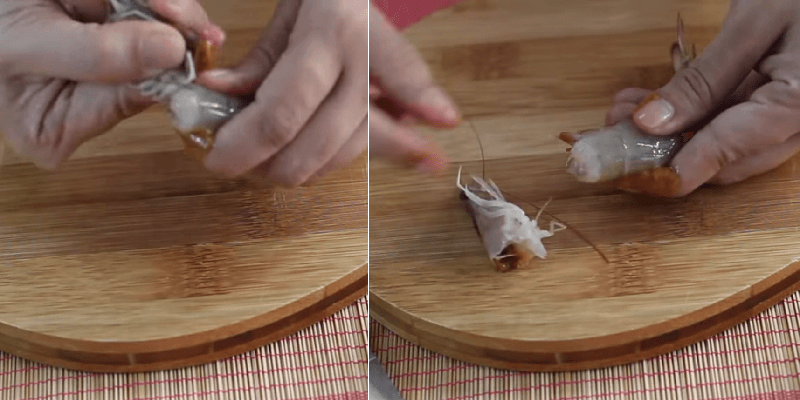
Next, use your fingernails to peel the shrimp’s shell from the belly and work your way around the body. As the shell is not one piece, you’ll need to do this a few times to remove it all.
For the tail, grasp it with your fingernails and pull it backward.
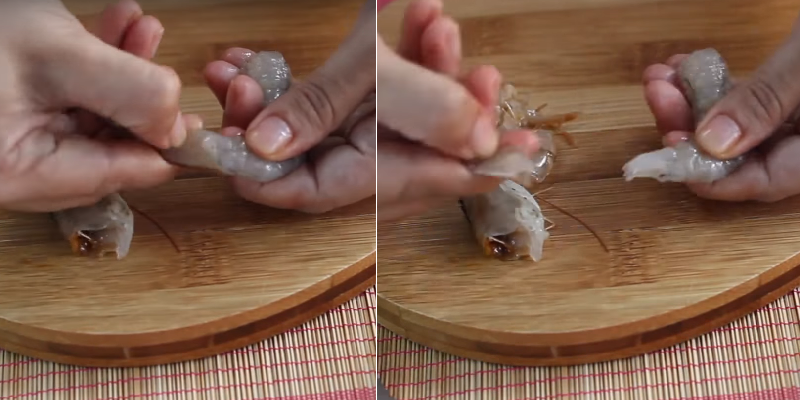
Deveining Shrimp
Using a knife, make a shallow cut along the shrimp’s back to expose the vein.
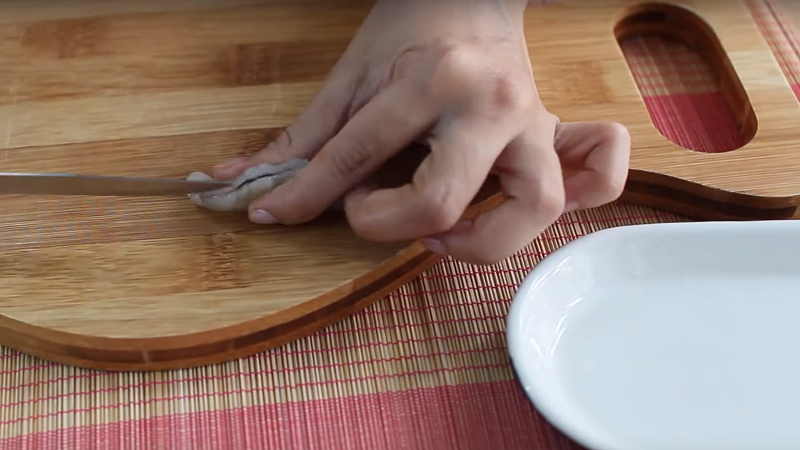
Use a sharp, pointed bamboo skewer to carefully lift out the vein, ensuring you get the whole strand without breaking it.
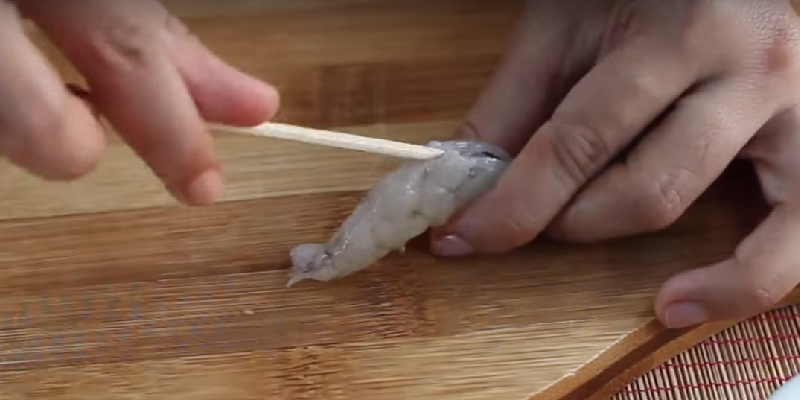

Alternatively, if you want to keep the shell on, simply cut along the back of the shrimp with scissors and remove the vein.
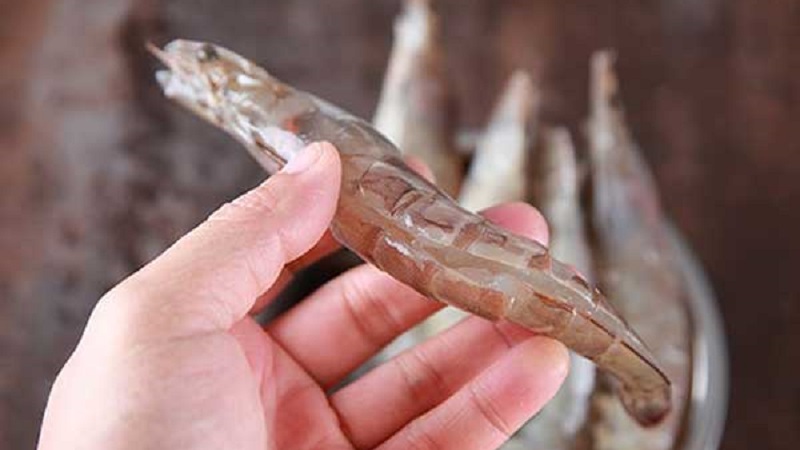
Final Product
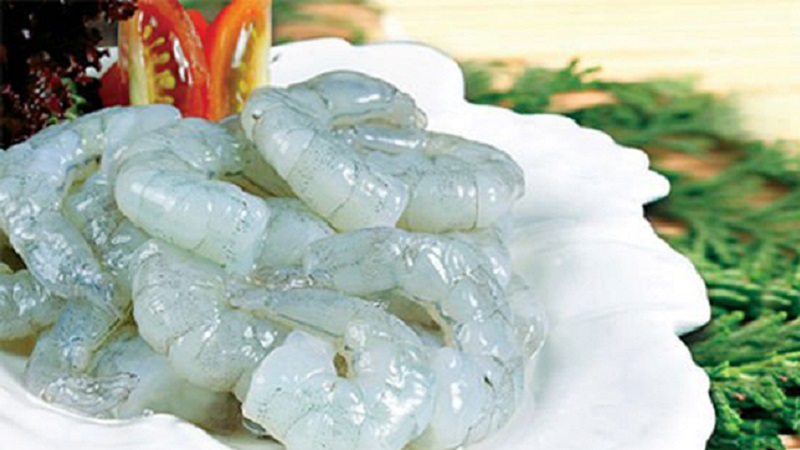
When to Use Kitchen Shears Instead of a Chef’s Knife for Food Prep?
When should you opt for a pair of kitchen shears over a chef’s knife when handling food? Kitchen scissors are the unsung heroes when it comes to mincing herbs, chopping up bacon, slicing pizza, peeling shrimp, trimming chicken fat and skin, and separating chicken meat from the bone. Discover more about the magic of using kitchen shears in the culinary world below.
The Ultimate Guide to Cleaning Shrimp: A 3-Step Quick and Easy Process
 Cleaning Shrimp: A 3-Step Quick and Easy Process’>
Cleaning Shrimp: A 3-Step Quick and Easy Process’>“Shrimp is a versatile ingredient that can be transformed into a plethora of delicious dishes. However, the key to unlocking its culinary potential lies in a thorough cleaning process. Join us as we unravel the secrets to a simple, swift, and super-efficient 3-step shrimp cleaning technique that will elevate your culinary creations!”

























